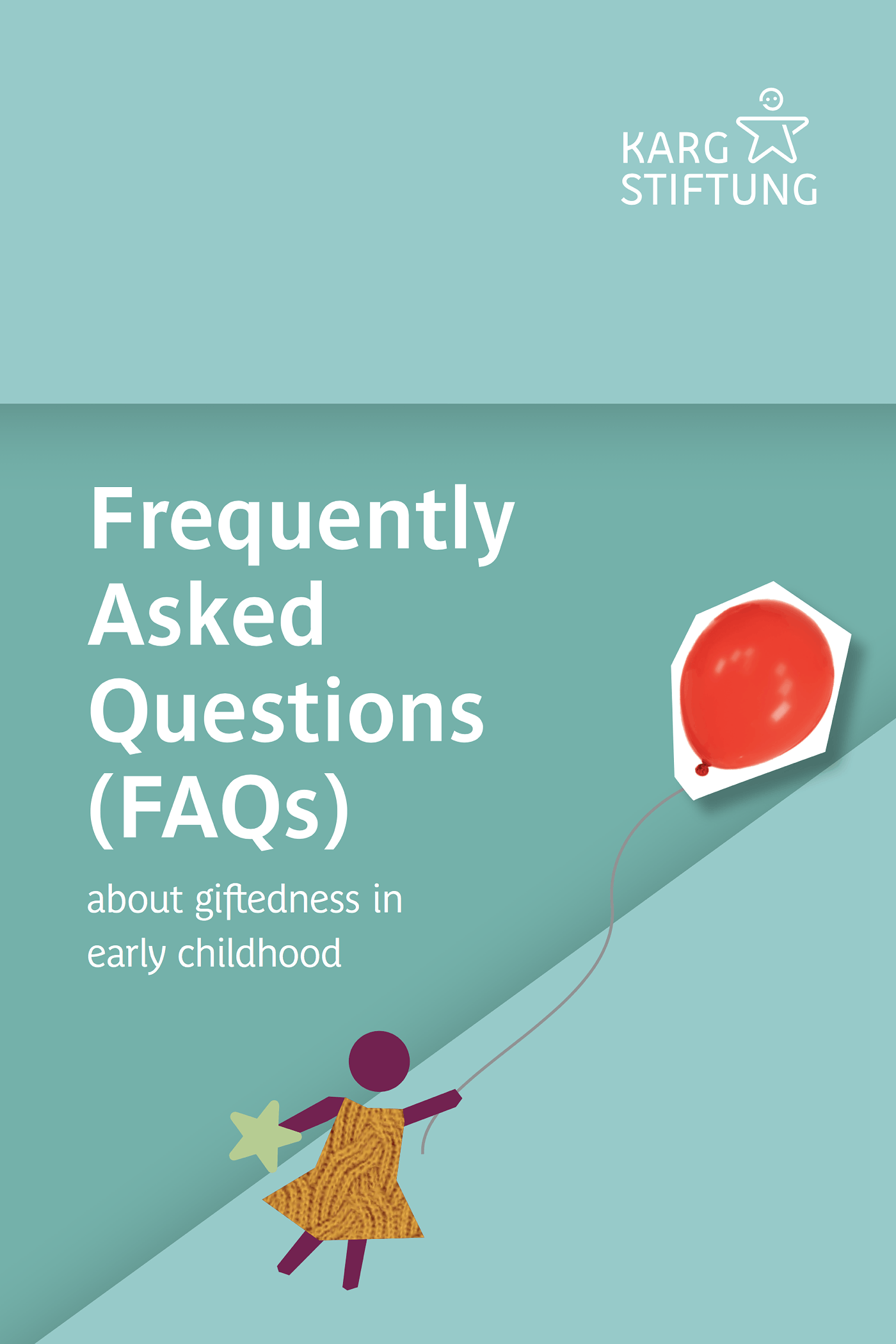Frequently Asked Questions (FAQs) about giftedness in early childhood
Are observation and documentation procedures suitable for diagnosing giftedness?
Procedures of observation and documentation can support a process-oriented approach to assessing giftedness. They can provide, for example, important indications of characteristics associated with high cognitive ability, such as motivational aspects, learning interests, and learning engagement. The purpose which the observation is to serve is always the basis for selecting the appropriate procedure. The first step in providing support for gifted children is to identify their unique interests and preferences and, in a second step, to evaluate the child’s current developmental status and his or her specific abilities. Finally, in a third step, the child is offered an appropriate educational program, and the effectiveness of this program is monitored and evaluated.
For the first and third steps, approaches such as “Learning Stories” or the “Leuven Scale of Involvement” that observe and document children’s participation as well as the extent and depth of their learning interests are particularly suitable. These primarily assess the motivation and participation of children.
To assess whether a child has exceptional abilities as well as specific interests, it is necessary to make use of additional procedures that can measure the growth of a child’s competencies in different areas, qualitatively as well as over time.
The KOMPIK Observation Form serves here as an example. For exceptional abilities in highly specific areas (e.g., high aptitude in music or sports), cooperation with other institutions may be appropriate.

